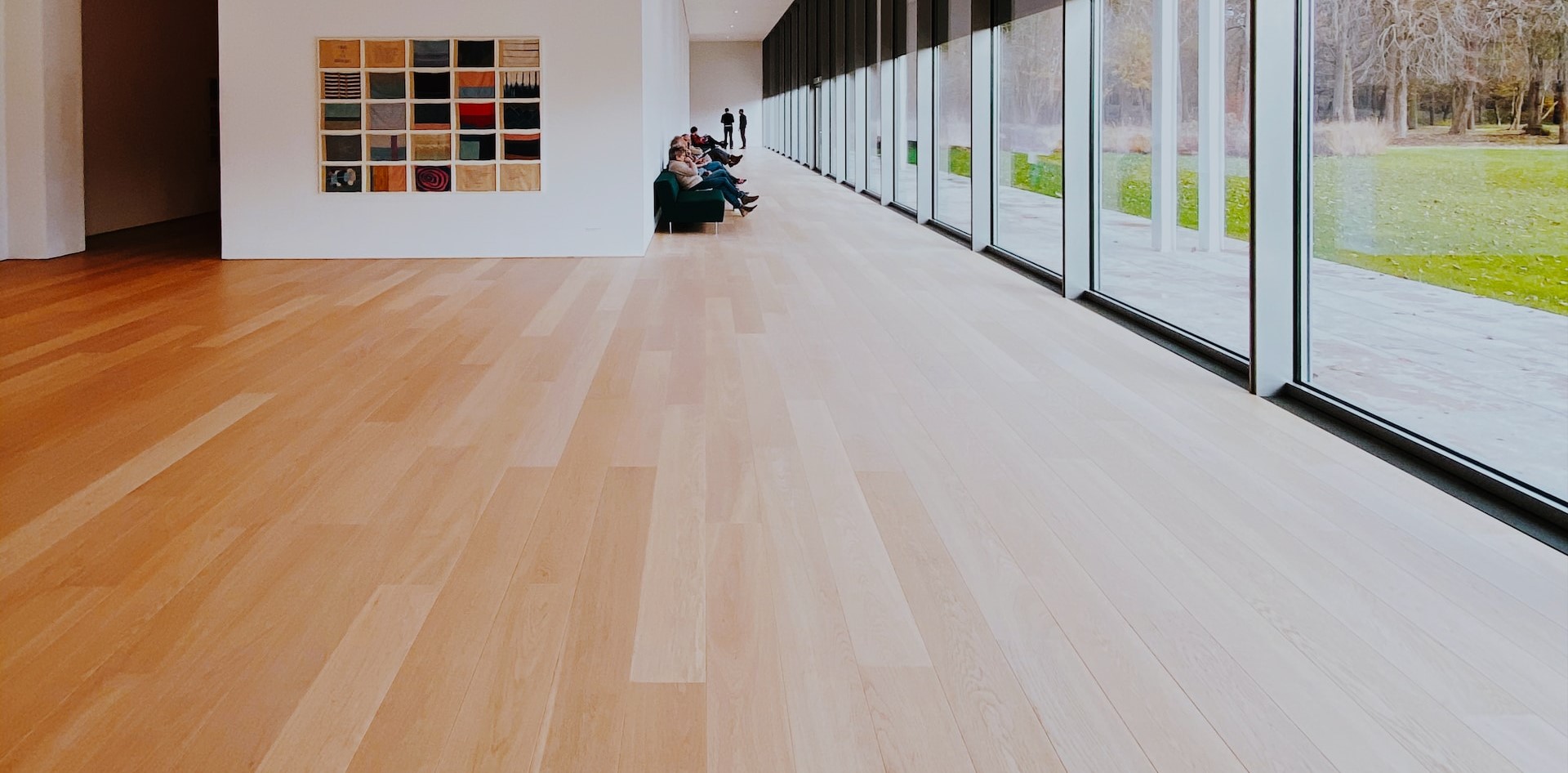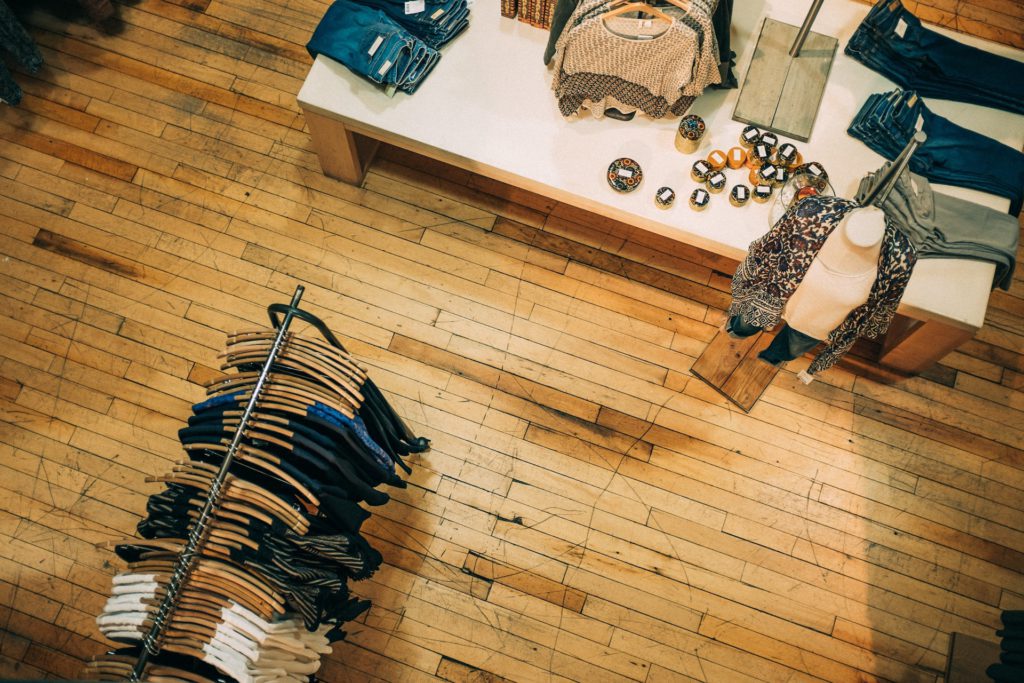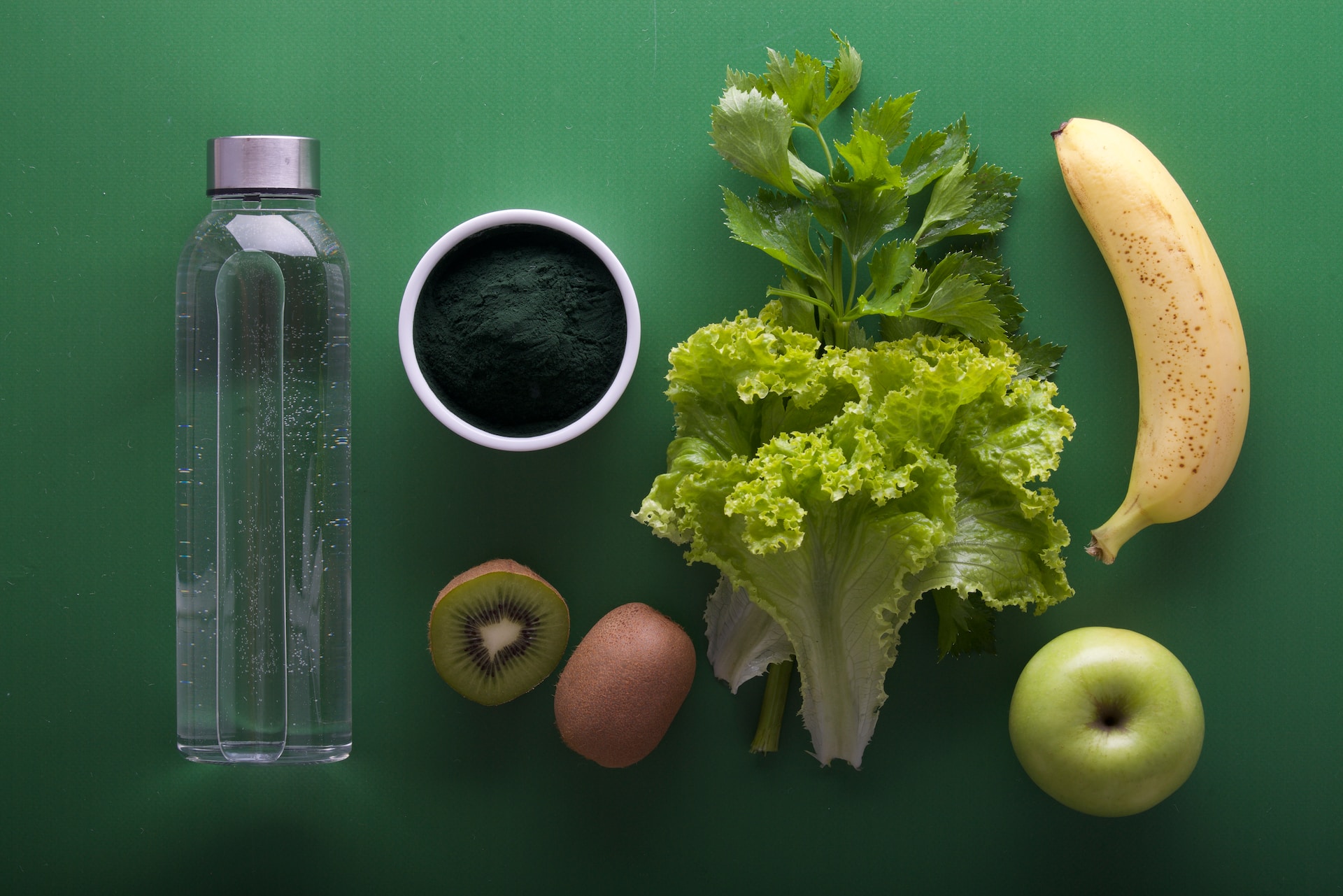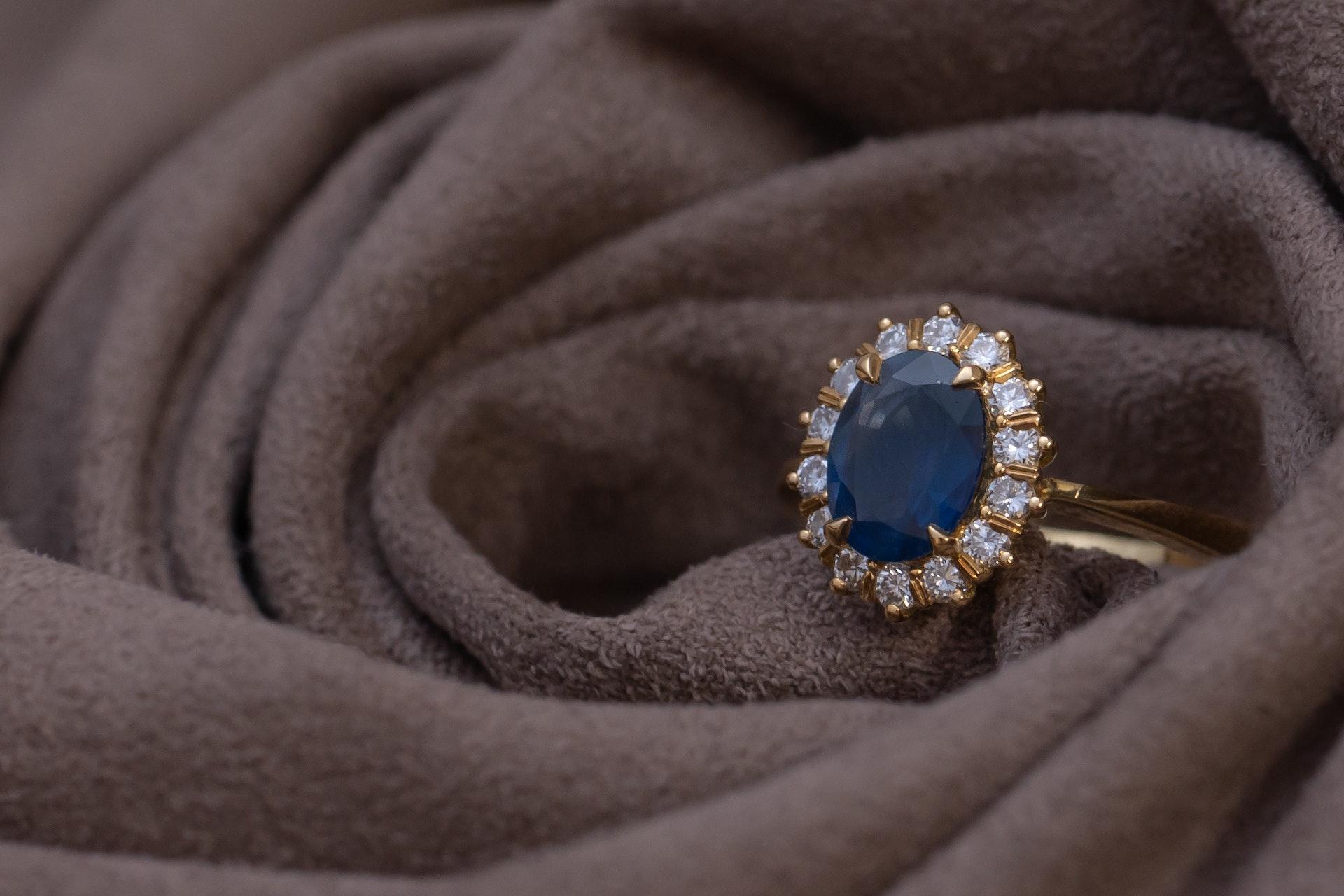Bamboo Flooring
This product was recommended by Peter Drow from NC CuttingTools

Because bamboo is so environmentally friendly and affordable, it is a great choice for flooring. Compared to most trees, which take over 20 years to reach full maturity, it matures swiftly and doesn’t need any pesticides or chemicals to survive. Because of its exceptional durability, bamboo flooring is a great option for high-traffic areas. Additionally, because it is naturally antimicrobial, it is perfect for bathrooms and kitchens.
Plastic Plank Flooring
This product was recommended by Peter Drow from NC CuttingTools

Because it is enduring, simple to install, and requires little upkeep, vinyl plank flooring is very common. I debated whether or not to include vinyl flooring for quite some time, though, as it is made of plastic. Because of its enduring nature, I choose to include it. It has a long lifespan. Because of its extended lifespan, flooring doesn’t need to be replaced as often, which saves emissions and resource consumption caused by needless replacement. The environment of this flooring choice is further enhanced with recycled vinyl alternatives!
Rubber Flooring
This product was recommended by Ranee Zhang from Airgram

Rubber flooring made from recycled tires is now being used in our kitchens, sunrooms, and bathrooms. It is lightweight, durable, versatile, and beautiful. Because of its water-resistant qualities, it is also a wonderful option for indoor and outdoor use.
Concrete Flooring
This product was recommended by Ivo Iv from DHIdeas

Polished concrete is a rare, sustainable material that is gaining in popularity. Slab on grade concrete is typically used as a subfloor in residential settings. If it is polished and coloured to the homeowner’s taste and style, there is no need for traditional flooring. The design possibilities are endless with concrete, which is extremely durable, easy to clean, and never needs to be replaced. There are several methods to create a tiled effect with different colours, as well as to incorporate other materials such as glass.
Linoleum Flooring
This product was recommended by Benjamin from Stress Reliever Club

Vinyl, a synthetic formed of a harmful petrochemical chlorination, is connected to linoleum flooring. In contrast, linoleum is built from linseed oil, cork dust, tree resins, wood flour, pigments and ground limestone. Because of its harmful petrochemical content, vinyl is a popular choice. It was first produced in the 1940s, when architects and designers requested for it again, it relaunched with a wide range of eye-catching colours and a stain-resistant sealer in response to the demand. It has a long lifespan and will endure a lot of damage.
Cork Flooring
This product was recommended by Angelico Trentino from NccttingTools

Cork is a fairly recent material to the flooring industry. You’ll occasionally see it in wine bottles or on the walls, but it’s terrific material for floors. Cork is harvested from the cork oak tree, which is found in forests throughout the Mediterranean. The bark will grow back every three years, making it an excellent, renewable source. Cork has anti-allergen qualities that reduce allergens in the home, is fire retardant, easy to keep and also functions as an insect repellent.
Marmoleum linoleum
This product was recommended by Dean Parker from Siam Flooring

Most people use vinyl as a hard resistant flooring and loosely call it lino, but essential it’s plastic. The alternative is real linoleum which is 97% natural, containing a mixtue of wood flour, jute & linsead oil.
Reclaimed wood flooring
This product was recommended by Abbot Ace from Ice Camping Pro

Reclaimed wood flooring is made from wood that has been salvaged from old buildings and structures, making it a sustainable and eco-friendly choice. It has a unique, rustic look and is also very durable and long-lasting.
Wool Carpet
This product was recommended by Irene Graham from Spylix

Carpet, especially wool carpet, has been a popular choice for flooring for a long time. It has a plush feel underfoot, is pleasant to sit on, and is available in various colors and designs. Most carpets have been manufactured with volatile organic compounds and other chemicals that are bad for the air we breathe and our health. However, there are greener alternatives available. Just think about wool carpeting. Wool is a renewable material that, once processed into a thread, can be dyed virtually any color and woven into a carpet. The material was one of the earliest utilized for flooring because of its durability, longevity, and low maintenance requirements. Wool rugs have become treasured relics in certain families after being passed down over the years. Carpets and rugs can also be crafted from natural materials like sisal, jute, and cotton.
FORBO Marmoleum Flooring Tiles
This product was recommended by Melanie Musson from Obrella
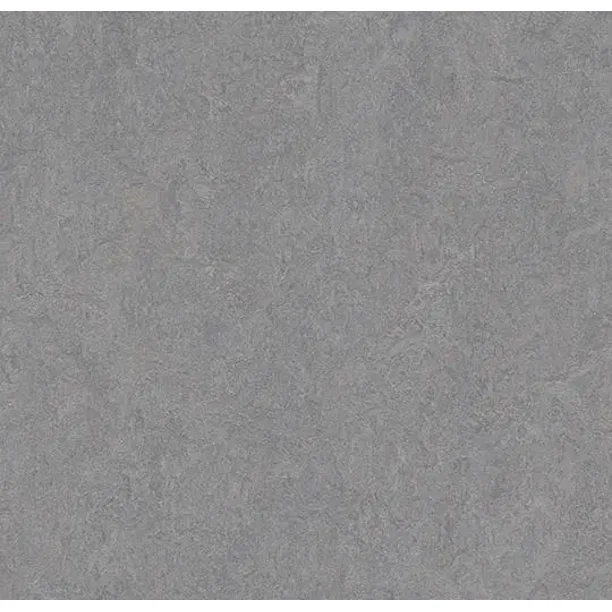
Many people don’t realize just how sustainable and eco-friendly linoleum is. It’s made from natural linseed oil, and the production process contributes minimal environmental pollution. And when linoleum needs to be replaced, the old linoleum flooring can be composted. These linoleum tiles are backed with cork, another eco-friendly material. The cork backing helps create a smooth surface, provides insulation, and absorbs noise. Cork is made from the bark of a cork tree. Cork trees can grow new bark, so harvesting cork is sustainable because it doesn’t kill the tree. These tiles are easy to install and will last a long time with proper care.


